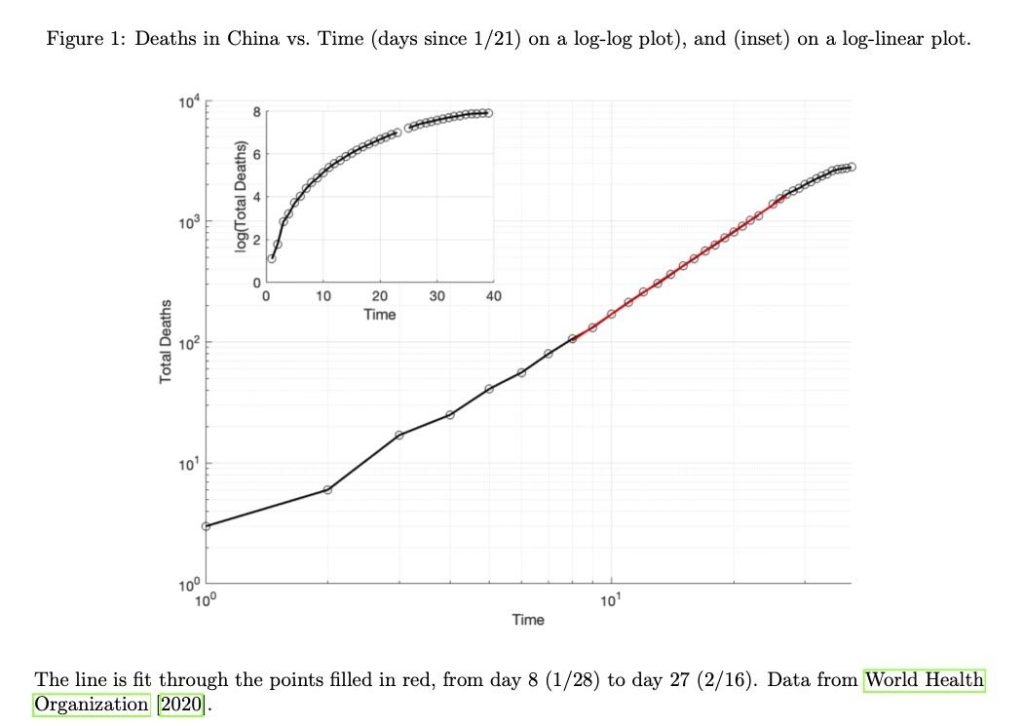The biggest fear Earthlings face about sending messages and signals to exoplanets is to attract a more advanced civilizations who has evil intentions to destroy us.
Eamonn Kerins at University of Manchester talked about how we can use game theory to determine a way to detect and communicate with alien civilizations. The idea in Kerins approach is to detect mutual detectability. This means we want to search for alien like where the aliens would have a similar chance of seeing us. According to Kerins, mutual detectability is a game theory approach to increase the chance of communication between two alien civilizations. It might be possible that both the parties might not exchange the same kind of information, and also that the exoplanets might not be looking for the information that we exhibit. Therefore the best way to search is to let the exoplanets search for the information that we are looking for as well. Kerins calls this “common denominator information.”
Now that we and exoplanet have found each other, the game theory suggests that the party with the most common denominator information should make the first move in communicating with the other. For ex. we have detected that star K2-155 has a planet in its habitable zone. However, K2-155 is more luminous than Earth, so we can see them but they might not be able to see us very clearly. Therefore, we should make the first move in communicating with them since our CDI is bigger.
In the lecture, we have learned game theory which helps to make a smart decision about the most beneficial move that a player should make. Here, in this case, we are also using the same strategy to make a decision about how to find an exoplanet and which party making the first contact would be beneficial.
Link: https://astronomy.com/news/2020/10/game-theory-helps-focus-the-hunt-for-alien-civilizations
